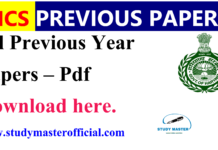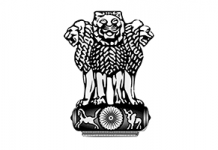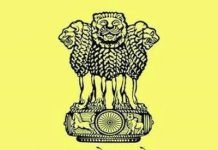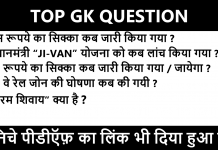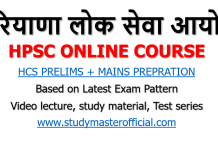Early Medieval India. Major dynasties; Political and Agrarian organization. Status of women, Extent of social mobility. The Arabs in Sind and the Ghaznavids.
Cultural trends, 750-1200, Religious circumstances: the significance of temples and monastic institutions; Sankaracharya; Islam; Sufism. Art and architecture. Literature and Science.
13th and 14th Centuries: Ghorian invasions reasons and consequences. Delhi Sultanate under the Slave Rulers. Aladdin Khalji: invasion; administrative, agrarian and economic measures. Muhammad Tughlug’s innovations. Firuz Tughluq and the decline of the Delhi Sultanate. Development of urbanization and commerce. Spiritual movements in Hinduism and Islam. Literature. Architecture, Technological changes.
The 15th and early 16th Century: Key Provincial dynasties; Vijayanagara Empire. The Lodhis, First stage of the Mughal Empire: The Sur Empire and administration. Monotheistic movements: Kabir; Guru Nanak and Sikhism; Bhakti. The spread of regional literature. Art and Culture.
The Mughal Empire, Akbar: invasion, administrative measures, Policy of Sulh-I-Kul. Jagir and Mansab systems; Jahangir, Shahjahan, and Aurangzeb: extensi
Cultural trends, 750-1200, Religious circumstances: the significance of temples and monastic institutions; Sankaracharya; Islam; Sufism. Art and architecture. Literature and Science.
13th and 14th Centuries: Ghorian invasions reasons and consequences. Delhi Sultanate under the Slave Rulers. Aladdin Khalji: invasion; administrative, agrarian and economic measures. Muhammad Tughlug’s innovations. Firuz Tughluq and the decline of the Delhi Sultanate. Development of urbanization and commerce. Spiritual movements in Hinduism and Islam. Literature. Architecture, Technological changes.
The 15th and early 16th Century: Key Provincial dynasties; Vijayanagara Empire. The Lodhis, First stage of the Mughal Empire: The Sur Empire and administration. Monotheistic movements: Kabir; Guru Nanak and Sikhism; Bhakti. The spread of regional literature. Art and Culture.
The Mughal Empire, Akbar: invasion, administrative measures, Policy of Sulh-I-Kul. Jagir and Mansab systems; Jahangir, Shahjahan, and Aurangzeb: extensi
on of Mughal empire in the Deccan; religious policies. Shivaji. Persian and regional literature. Religious idea: Abul Fazl; Maharashtra dharma. Architecture. Painting. Economy: state of affairs of peasants and artisans, escalation in trade; trade with Europe. Social stratification and position of women.
The decline of the Mughal Empire, Reason behind the decline. Maratha power under the Peshwas. The Afghans. Regional states. Most important components of composite culture. Sawai Jai Singh, astronomer. The rise of the Urdu language.
The decline of the Mughal Empire, Reason behind the decline. Maratha power under the Peshwas. The Afghans. Regional states. Most important components of composite culture. Sawai Jai Singh, astronomer. The rise of the Urdu language.



